M31 (NGC 224, Andromeda Galaxy)
Sb type galaxy in the constellation Andromeda
-
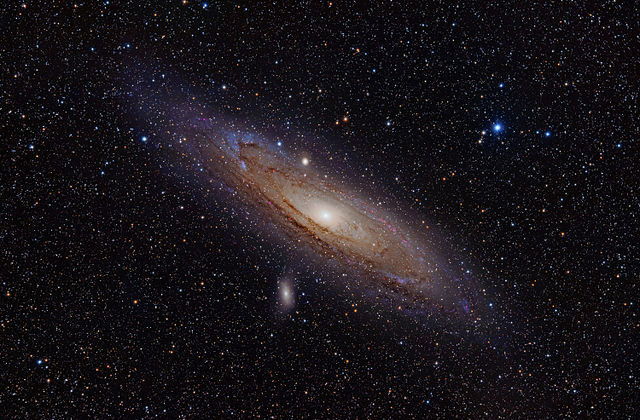 Also in this image: M32 and 110, NGC 206 and Nu Andromedae
Also in this image: M32 and 110, NGC 206 and Nu Andromedae
Image credit: By Adam Evans - M31, the Andromeda Galaxy (now with h-alpha)Uploaded by NotFromUtrecht, CC BY 2.0, https://commons.wikimedia.org/w/index.php?curid=12654493 -
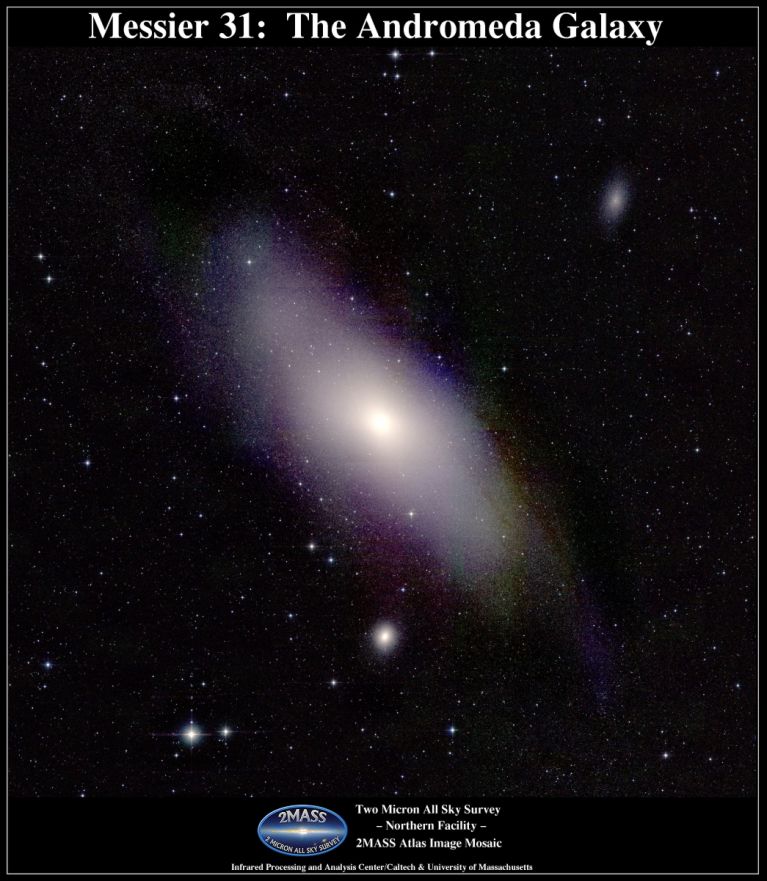 M31 is approaching us at 300 km/s and has a star count of one trillion.
M31 is approaching us at 300 km/s and has a star count of one trillion.
Image credit: Atlas Image courtesy of 2MASS/UMass/IPAC-Caltech/NASA/NSF -
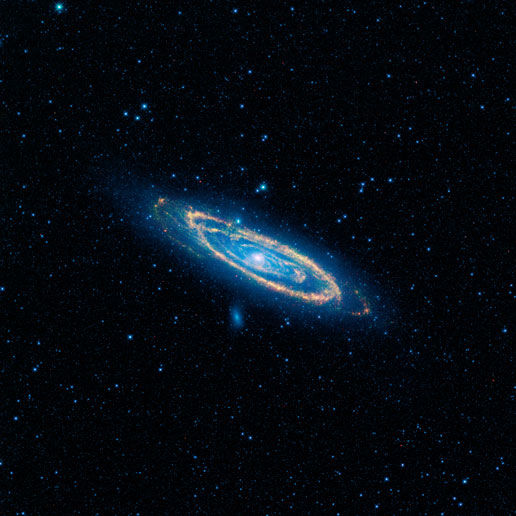 M31 is the closest galaxy to the Milky Way, and is 2.5 million years distant from our sun. It is the largest galaxy of the Local Group, which also contains the Milky Way, the Triangulum Galaxy and about 44 other smaller galaxies.
M31 is the closest galaxy to the Milky Way, and is 2.5 million years distant from our sun. It is the largest galaxy of the Local Group, which also contains the Milky Way, the Triangulum Galaxy and about 44 other smaller galaxies.
Image credit: NASA/JPL-Caltech/UCLA -
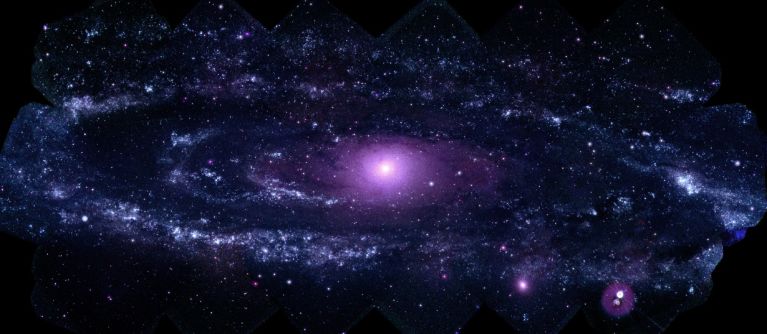 Ultraviolet view of M31 showing hot, young blue stars and ionization regions.
Ultraviolet view of M31 showing hot, young blue stars and ionization regions.
Image credit: NASA / Swift / Stefan Immler (GSFC) and Erin Grand (UMCP). -
Multiwavelength Messier 31
Check out M31 in various wavelengths: x-ray, ultraviolet, visible, mid and far infrared and radio. -
Messier Monday: Andromeda, the Object that Opened Up the Universe, M31
History on how Hubble realized he was looking at a galaxy not a nebula as well as information on M31's central black hole. -
Messier 31
How to find M31 in the night sky. Information on M31's eating habits and how that could account for a possible double nucleus and information on an eclipsing binary star and the composition of the galaxy.





















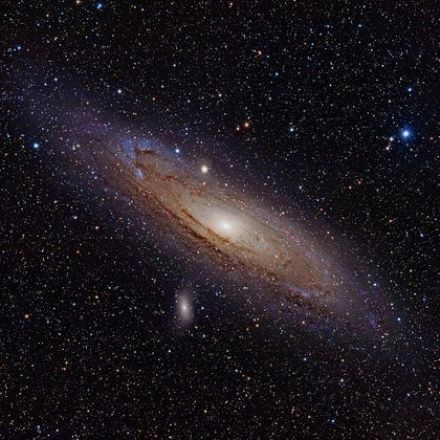


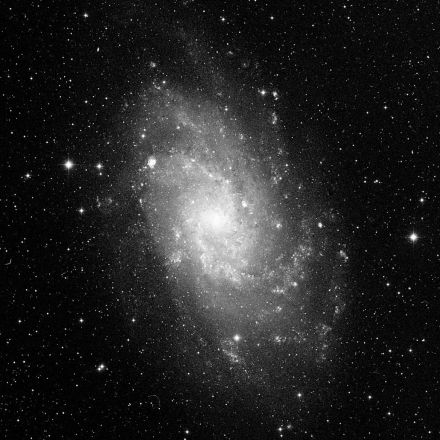
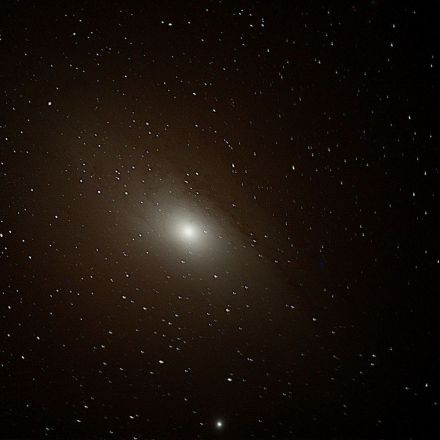
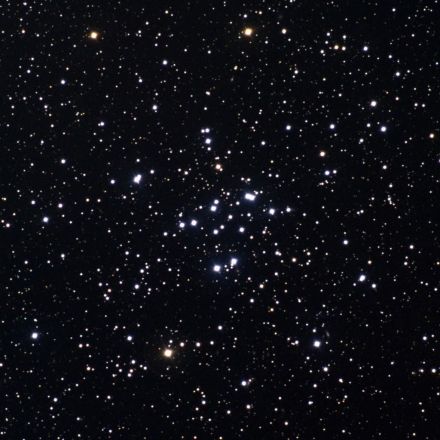
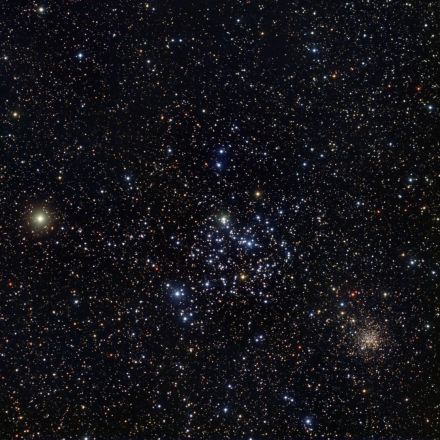
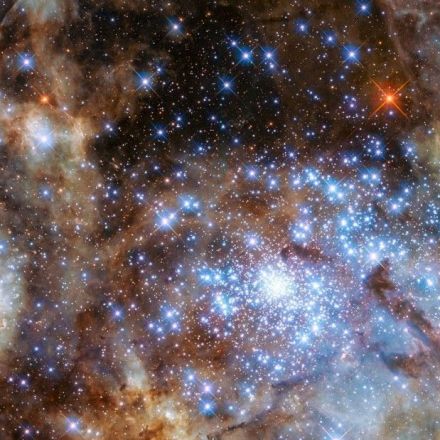
Join the Discussion